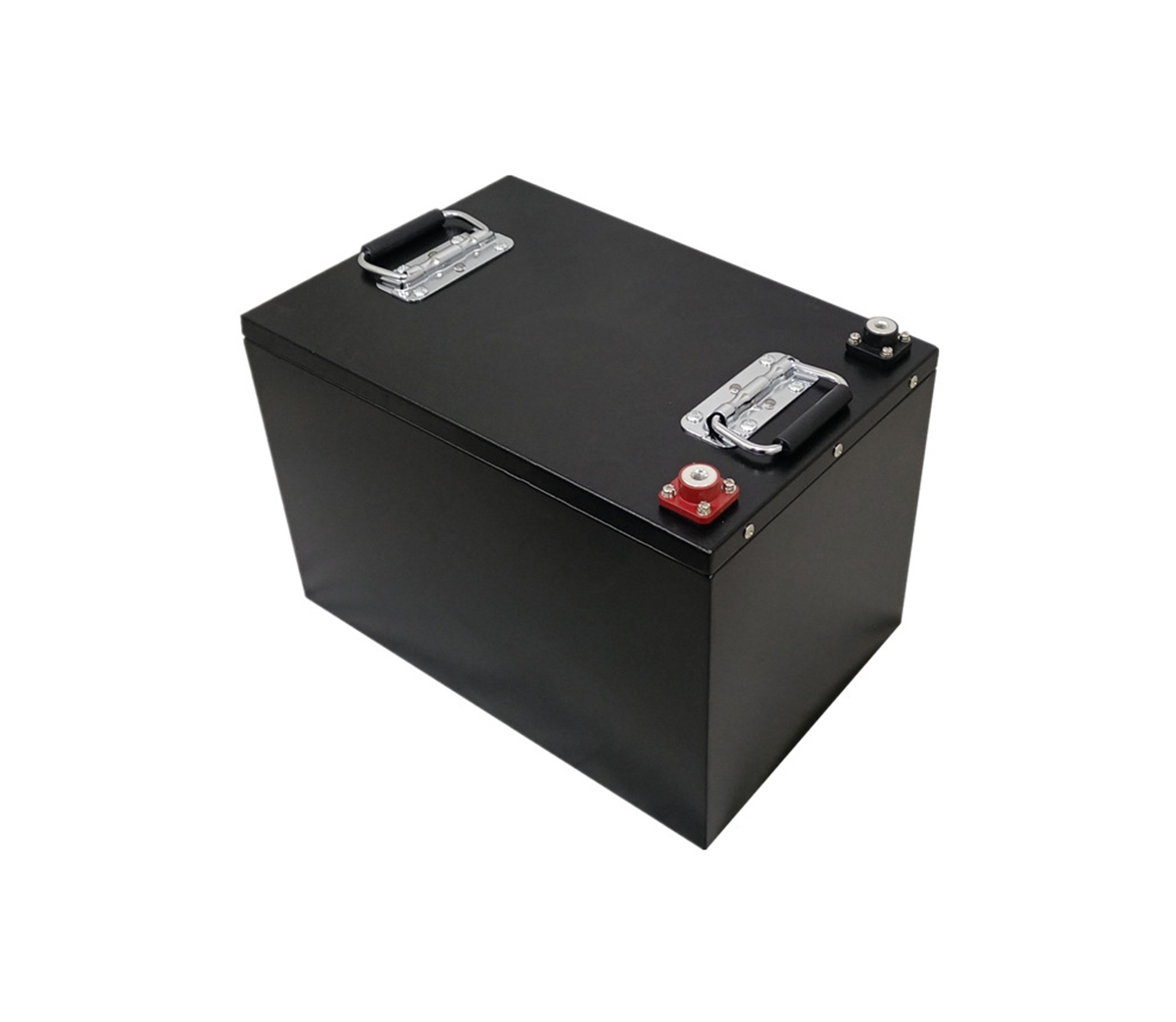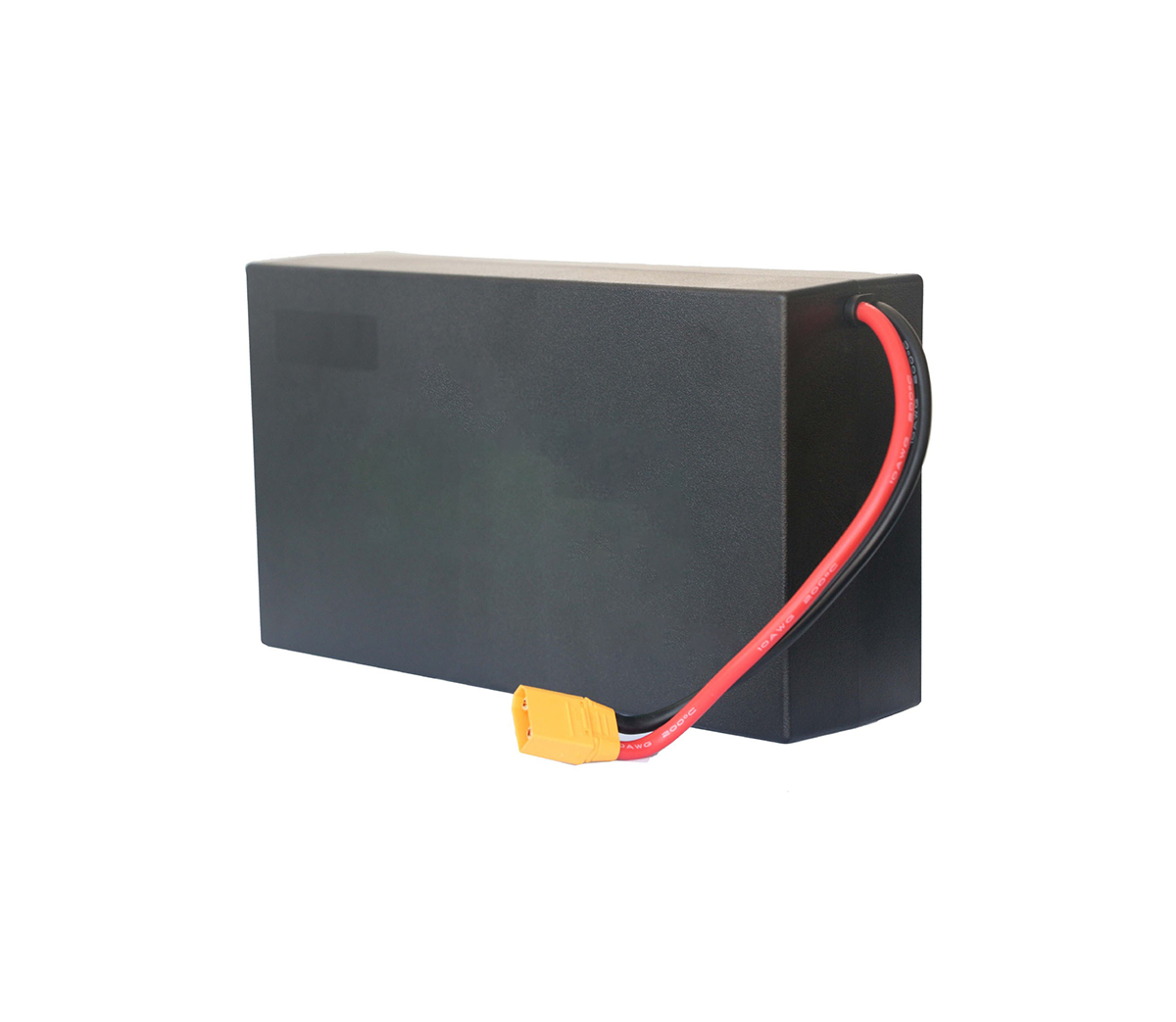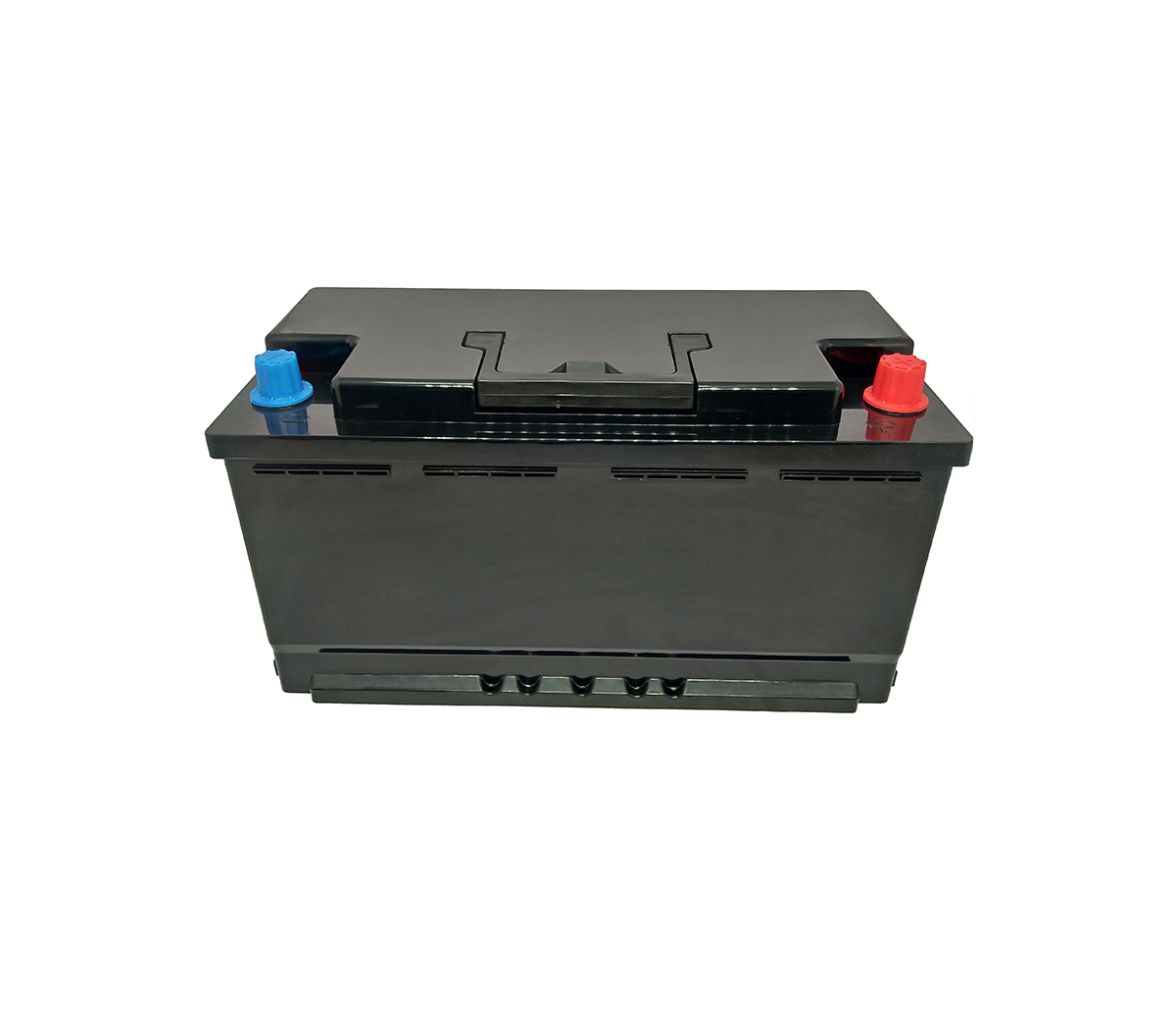Duke Energy hopes to use solar, wind, lithium-ion battery storage to help
U.S. continents reach carbon neutrality
Duke Energy, a major U.S. utility, has proposed a significant growth in
energy storage systems for its North Carolina and South Carolina carbon
reduction plans, according to reports.
In its "Carolina Carbon Plan" submission to the North Carolina Public
Utilities Commission (NCUC), the company said it hopes to deploy 3,700MW to
5,900MW of energy storage systems in its service area by 2035.

(The first battery energy storage system (BESS) project deployed by Duke
Energy is a 9MW battery storage system in Asheville, North Carolina, which will
be commissioned in 2020.)
The company said this would support growth in installed renewable energy
capacity, including tripling the installed capacity of solar power facilities
from current levels and diversifying the renewable energy mix by adding wind
power resources.
This equates to around 7.6 GW to 11.9 GW of new solar power capacity by
2035. In addition, by the end of 2022, the company will have 5GW of solar power
facilities connected to the grid in its Carolina service area.
In addition to these developments, Duke Energy also wants to be allowed to
take what it describes as "initial steps" to develop an on-demand clean or
carbon-free Zero Emissions Load Tracking Resource (ZELFR). This could include
advanced nuclear power plants, carbon capture, storage and utilization
technologies and other technologies such as next-generation geothermal or
hydrogen energy storage.
The company said these ZELFR projects and wind facilities will be well
positioned in the Carolinas' energy mix, which is expected to begin to emerge by
2030.
An executive order issued by North Carolina Gov. Roy Cooper in January set
a policy goal of reducing carbon emissions by 50 percent from 2005 levels by
2030 and plans to achieve net-zero emissions by 2050.
Duke Energy claims its Carolina carbon plan meets these goals, and all
options proposed would meet the goals set by the executive order, which include
selecting the lowest-cost option and maintaining metrics for power system and
supply reliability.
The company said it is taking all of the above approaches and is proposing
suitable technical options, including natural gas, small modular nuclear
reactors, solar power facilities, wind power and energy storage systems.
The company will also take immediate action to implement energy efficiency
and demand side management and upgrade the grid, which will allow the grid to
accommodate a higher share of renewable energy. Once implemented, the plan will
be reviewed every two years.
The outline of Duke Energy's Carolina carbon plan is as follows:
By 2030, the company proposes:
• 3.4GW of peak demand reduction through energy efficiency and demand side
management.
• Deploy 3.1GW of solar power generation facilities, of which 600MW will be
equipped with energy storage systems.
• Deploy 2GW of new natural gas generating units.
• Deploy 1GW independently deployed battery energy storage system.
• Deploy 600MW onshore wind power facilities.
• Complete the early development of 800MW of offshore wind power.
• Initiate early development of a 570MW small modular nuclear power
facility.
• Initiate early development of a 1.7GW pumped hydroelectric storage
facility (PHES).
The company claims the plan could cut carbon dioxide emissions by 70% by
2030 and be carbon neutral by 2050. The company has also pledged to close its
coal-fired power plants operating in North and South Carolina by 2035.
Duke Energy said its transmission system between South Carolina and North
Carolina helps keep costs low and maintain reliability, citing customers paying
less than the national average for electricity. The plan, which will also be
submitted to the South Carolina Public Service Commission, requires that
electricity bills paid by customers must increase by 1.9% to 2.7% annually
between now and 2035.
Duke Energy's plan includes four separate portfolio options, each with a
slightly different mix of resources. While one of the scenarios could achieve a
70% CO2 reduction by 2030, others would take longer (until 2032 or 2034) to
achieve this goal, but all four would be achieved by 2050 Carbon neutral.
Duke Energy has approximately 7.4 million energy service customers in six
states and approximately 1.5 million natural gas service customers in four
states. In March this year, the company announced the opening and operation of
three lithium-ion battery energy storage projects in Florida, with a total scale
of 34MW/58MWh. A few weeks ago, Duke Energy partnered with Honeywell to launch
microgrid partnerships across the United States.
The company's planning process has come under criticism in 2021, with
energy consultancy E3 citing the Integrated Resource Plan (IRP) not effectively
taking advantage of the diversity of solar and energy storage systems.
Duke Energy's plan considers the roles of solar and energy storage systems
separately at different steps in its process, which E3 believes means the
synergies that exist between the two are being ignored.
SES Power believes that E3's point of view is very objective. There is no
doubt that Duke Energy's layout and management of new energy is based on
traditional energy management concepts, and this effect is not ideal.
Distributed micro energy storage + virtual grid management is undoubtedly the
best choice in the future, so we will continue to invest huge research and
development efforts in micro lithium battery energy storage systems, such as our
3KWH, 5Kwh, 10Kwh, 20KWH home energy storage system.



































